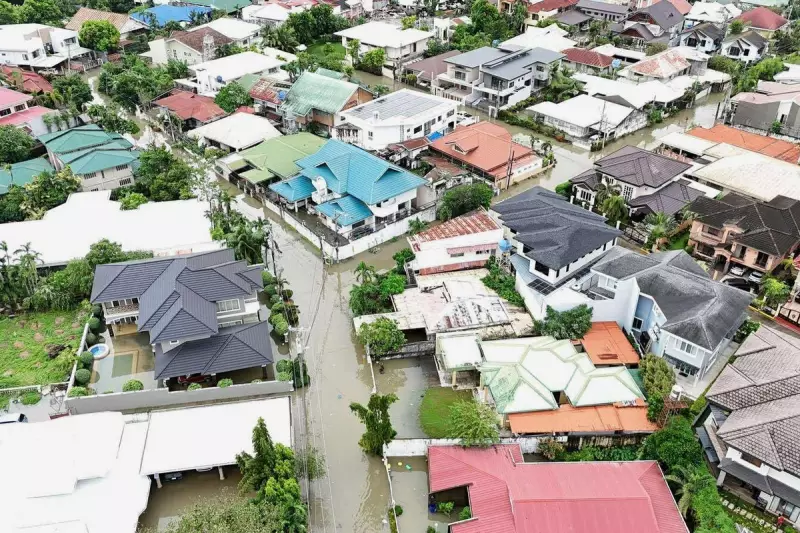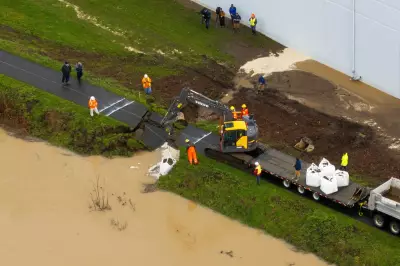
MANILA - The Philippines is grappling with the full force of Typhoon Kalmaegi as the powerful storm made landfall over the northeastern coast of Cagayan province on Tuesday, unleashing catastrophic winds and torrential rainfall across the northern regions.
Emergency Response Activated
Authorities have initiated large-scale evacuation efforts across multiple provinces, with rescue teams on high alert as the typhoon continues its destructive path. The national disaster agency reports that thousands of families have been moved to emergency shelters, though many coastal communities remain vulnerable to the storm's fury.
"We are dealing with a very serious weather system that poses significant risks to life and property," stated a spokesperson from PAGASA, the national weather agency. "Residents in affected areas must heed evacuation orders immediately."
Widespread Disruption and Damage
The typhoon's impact has been severe, with reports indicating:
- Power outages affecting entire provinces
- Flooding in low-lying areas and river basins
- Suspended sea and air travel across the region
- Damage to infrastructure and agricultural lands
- Emergency services struggling to reach isolated communities
Regional Impact and Preparedness
Neighbouring countries are closely monitoring Kalmaegi's trajectory as meteorologists warn the storm could intensify while moving across the South China Sea. The typhoon season continues to test the resilience of Southeast Asian nations, with climate scientists noting an increase in storm intensity in recent years.
Local governments have prepositioned relief supplies and emergency response teams, while international aid organisations stand ready to assist if the situation deteriorates further.





